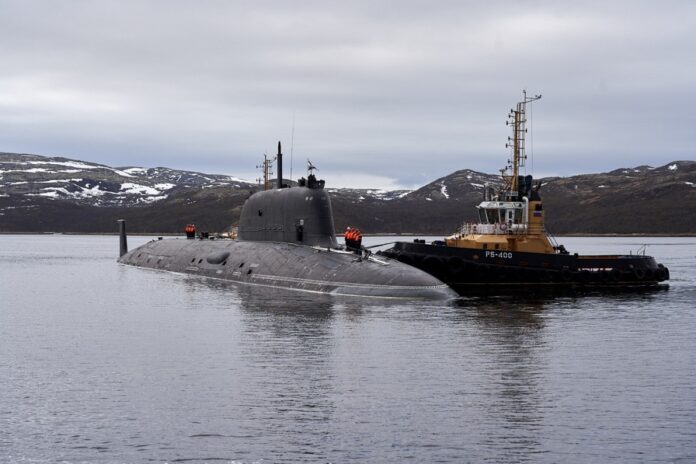The top-modern, heavily armed, submarine is part of a Russian naval detachment of four ships that will stay in port of the Cuban capital from June 12 to June 17.
The top-modern, heavily armed, submarine is part of a Russian naval detachment of four ships that will stay in port of the Cuban capital from June 12 to June 17, the Barents Observer reports.


